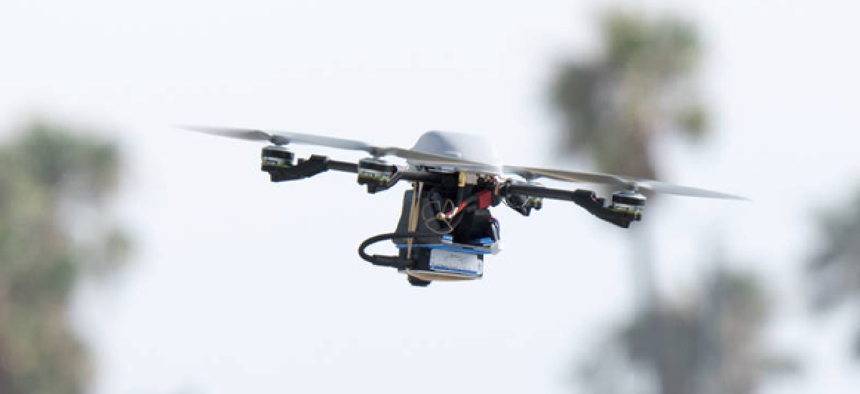CBP tests small drones for border surveillance


Connecting state and local government leaders
Customs and Border Protection will evaluate the capabilities of hand-launched systems in areas considered too high-risk for manned aircraft or ground personnel.
Customs and Border Protection will test three small, hand-launched unmanned aircraft across selected sectors along the country's southern and northern borders. Starting in September and continuing into early 2018, agents from the Border Patrol will see if the diminutive aircraft are worth a larger investment and wider deployment.
Border Patrol agents will test three types of small drones in operational sectors in Tucson, Ariz., the Rio Grande Valley in Texas and in the Swanton sector in Vermont. CBP will evaluate the systems' capabilities for reconnaissance, intelligence, surveillance, tracking and acquisition in areas considered too high-risk for manned aircraft or ground personnel.
The tests are CBP's first for the very small type of unmanned aerial systems, according to an agency spokesman.
"The only drone aircraft being used operationally by CBP are the much larger UAVs flown by Air and Marine Operations," said the spokesman in a Sept. 15 email to FCW, GCN's sibling site. "There are no sUAS drones being flown by CBP, outside the very limited scale of this operational test being conducted by the U.S. Border Patrol."
Small is the operative word, since the aircraft being tested all have wingspans under 10 feet and weigh less than 15 lbs. Two of the aircraft will fit into the back of an SUV, while the smallest, weighing under a pound, can be carried in a backpack and launched with one hand.
The agency is testing AeroVironment's Raven and Puma UAS systems, as well as PSI Tactical's InstantEye quadcopter. At 14 pounds in weight with a 9.5 foot wingspan, the Puma is the largest of the three. The Raven has a 4.5 foot wingspan and weighs about four pounds, while PSI Tactical's InstantEye quadcopter weighs 0.7 pounds.
All three vehicles can carry regular and infrared cameras for surveillance and are remotely controlled by an operator from the ground. They have widely varying flight times and ranges and are used by the Department of Defense in surveillance and force protection operations.
The agency's existing large drone fleet consists of MQ-9 Predator Bs with 66-foot wing spans that require runways to operate and time to get from their homes to target areas.
CBP will rotate the different small systems through each test sector through January, measuring both hot and cold weather capabilities. The agency said it expects a final review of the systems in late spring 2018.
That review should provide information necessary for future investment decisions and expansion of the program to other Border Patrol sectors.
If a given technology successfully completes the trial, CBP could get "additional inventory" of the system through the Defense Reutilization and Marketing Office, in the same process the agency used to acquire its fleet of Tactical Aerostats from the U.S. military, said the spokesman.
This article was first posted to FCW, a sibling site to GCN.




